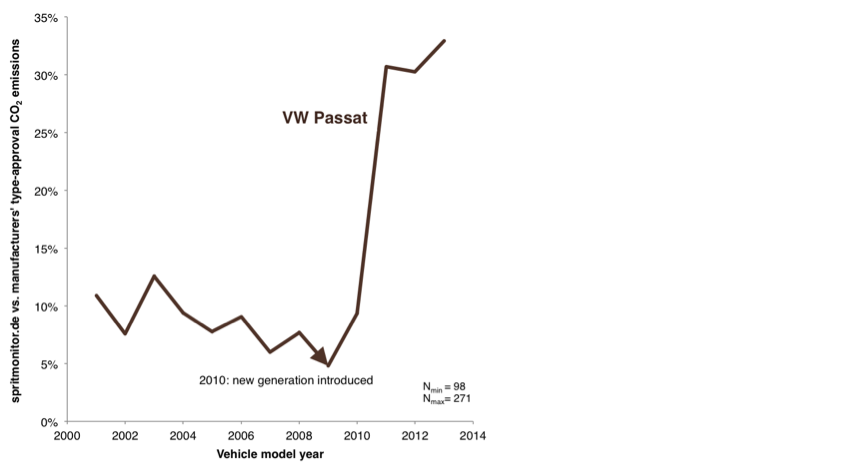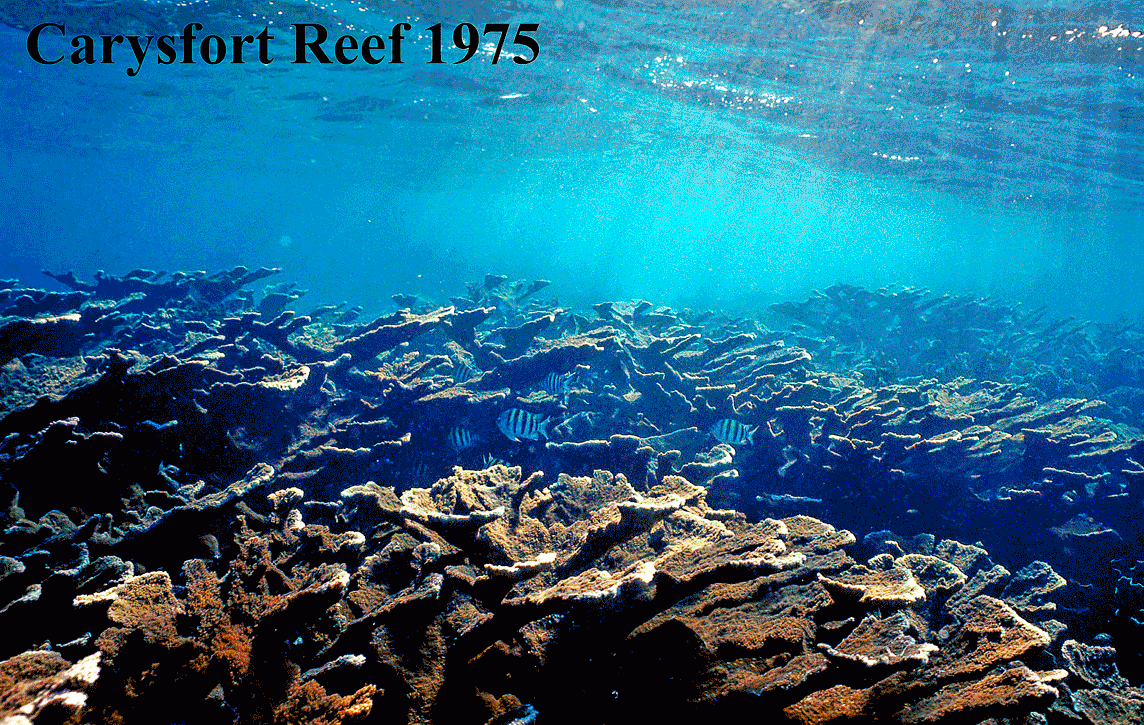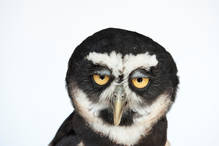As I have been drilling chemistry into my head over the past few days for an upcoming exam, I could not help but connect the concepts I am learning in chemistry 101 to concepts that are apparent throughout the environmental humanities. In kinetics, we learn that a catalyst is substance that is added to a reaction in order to lower the activation energy, and thus speed up the rate of the reaction. I view hope as a catalyst that environmentalist use to find solutions and problem solve. One of the most captivating solutions we have discussed is permaculture. In its simplest description, permaculture is an ethics based way of living that strives to maximize natural benefits of the environment while maintaining a mutualistic relationship with other aspects of ecological systems. These principles are based on the assumption that humans are indeed a part of the the ecosystem and are responsible to make decisions that promote the harmony and respond to the feedback the environment provides. It is common of our current industrial system to ignore this feedback and exploit the environment for the ways in which it can benefit human kind. Permaculture urges the focus on smaller, community based sustainability rather than large scale, exploitative practices which prevail in our agricultural means today. Designing ways to thrive in the long-term in many areas, not just agriculturally, has become the focus of permaculture.
Permaculture looks towards systems in nature and pre-industrial societies in order to create innovative solutions to environmental issues. It is a very poetic way of thinking in that sense; the utilization of the very entity that it strives to protect as a model for its growth and development is ingenious. In the same light it is very logical and rational way of thinking because it looks back in order to look forward. In science and math problems it is imperative to change the given problem so that it looks like a problem that is familiar and has specific, known steps to solve it. By letting the problem of sustainability become as familiar as an ecological system, this allows for specific steps to be taken to solve seemingly mountainous issues.















 [Source: Metrocosm]
[Source: Metrocosm]



